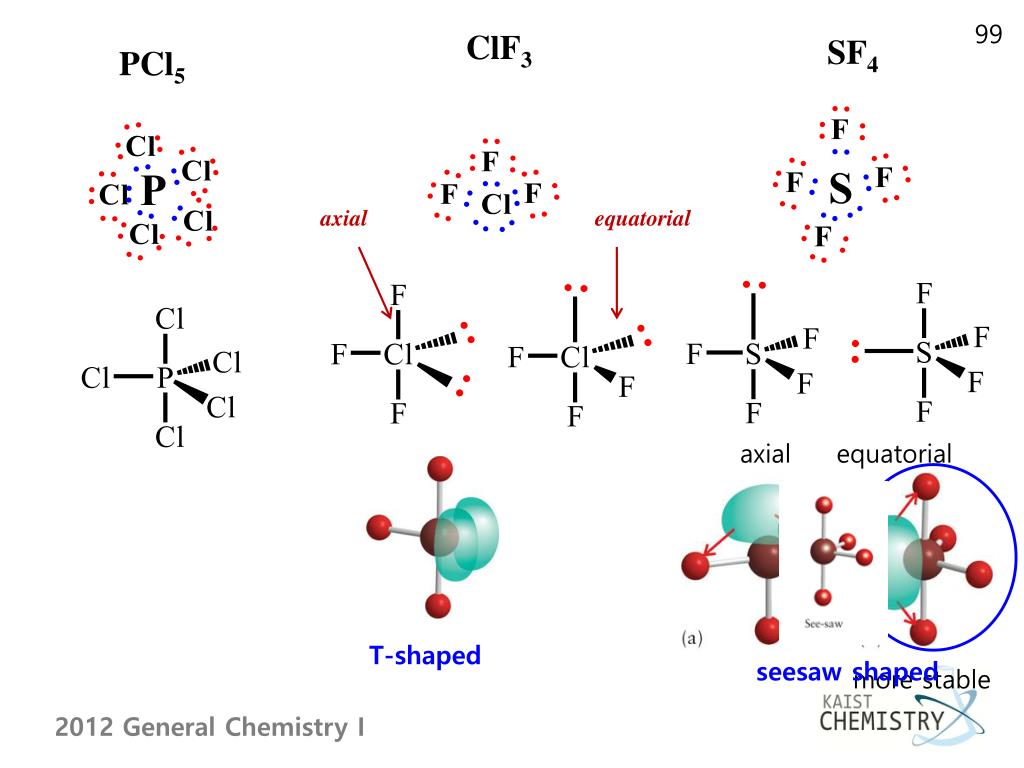
A molecule is characterized as polar, non-polar, or ionic depending on the nature of molecules. The bond or molecular polarity is determined by the electronegativity of the atoms or molecules. When an atom loses one of its electrons, it obtains a positive charge and becomes a cation. When an atom takes an electron and gets a negative charge, it forms an anion. When electrons are displaced, these ions are formed. The electrostatic attraction of two oppositely charged ions forms ionic bonds. Metallic bonds, covalent bonds, and ionic bonds are examples of chemical bonds that are based on the participation of atoms and the movement of electrons. ClF3 decomposes to produce hydrofluoric and hydrochloric acid in the form of steam.Ħ Summary What are polar and nonpolar molecules? Chlorine Trifluoride may ignite even the most inflammable materials, such as sand, glass, or asbestos, and it can even reignite already burned elements, such as a mound of ash. Because the chemical is even more oxidizing than oxygen, it is a highly powerful explosive. When ClF3 comes into touch with any element, it turns into a poisonous gas that burns at around 2400 degrees Celsius.


What Makes Chlorine Trifluoride So Dangerous?

ClF3 also burns water, oxidizing it to produce oxygen, oxygen difluoride (OF2), hydrogen fluoride, and hydrogen chloride in controlled amounts: Many metals react to form chlorides and fluorides phosphorus reacts to form phosphorus trichloride (PCl3) and phosphorus pentafluoride (PF5), while sulfur reacts to form sulfur dichloride (SCl2) and sulfur tetrafluoride (SF4). It is made by fluorinating chlorine, which also produces ClF, and then distilling the mixture to separate it. The chemical irritates mucous membranes, eyes, and skin, and it can cause lung harm when inhaled as Chlorine Trifluoride gas. Vessels constructed of steel, copper, or nickel are not burned by ClF3 because a thin passivation layer of insoluble metal fluoride forms, preventing further corrosion nevertheless, molybdenum, tungsten, and titanium create volatile fluorides and are thus inappropriate.Ĭhloride Trifluoride is available in a condensed form on the market, and it changes into a pale-greenish yellow liquid when compressed at normal temperature. These are frequently aggressive and, in some cases, cause explosive reactions. It has high reactivity with most inorganic and organic materials, and it can start the combustion of many materials that are typically non-flammable without the use of an ignition source. Ruff and Krug were the first to report it in 1930 when they fluorinated chlorine to make ClF, which was then separated by distillation.ĬlF3 is an interhalogen compound with a high oxidizing and fluorinating ability. some fundamental understanding regarding the molecular geometry, usage, and applications of ClF3 is also discussed here in this article.Ĭhlorine trifluoride (ClF3) is a colorless, corrosive, and toxic gas utilized in plasmaless cleaning and etching procedures in the semiconductor industry, as well as rocket fuels, nuclear reactor fuel processing, and other industrial processes.

The polarity of ClF3 will be discussed in this article based on polarity determining factors including its physical and chemical features.


 0 kommentar(er)
0 kommentar(er)
